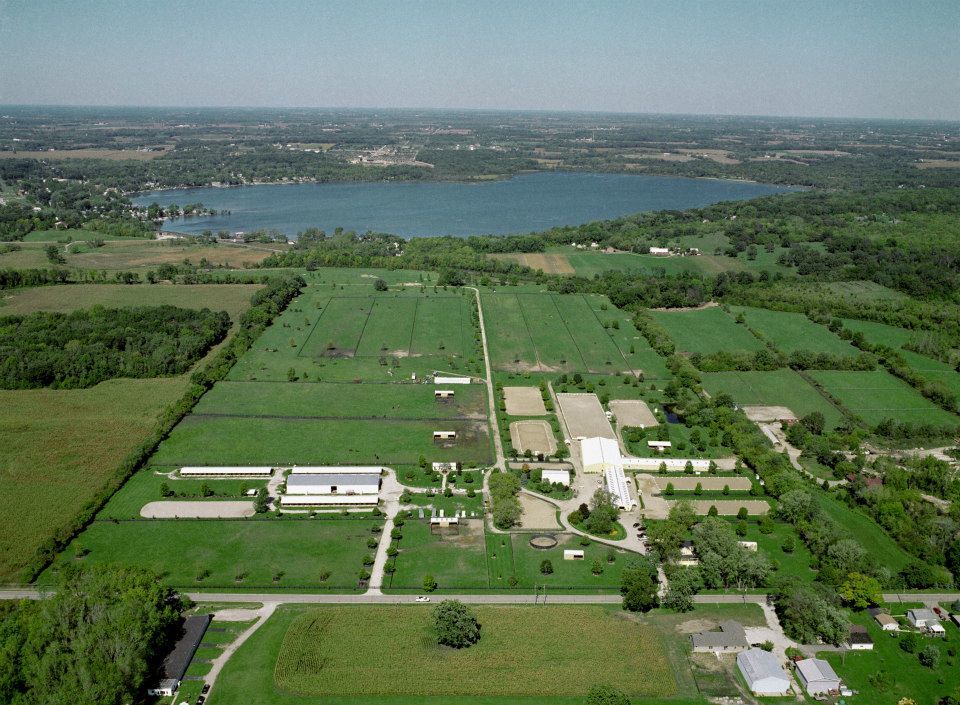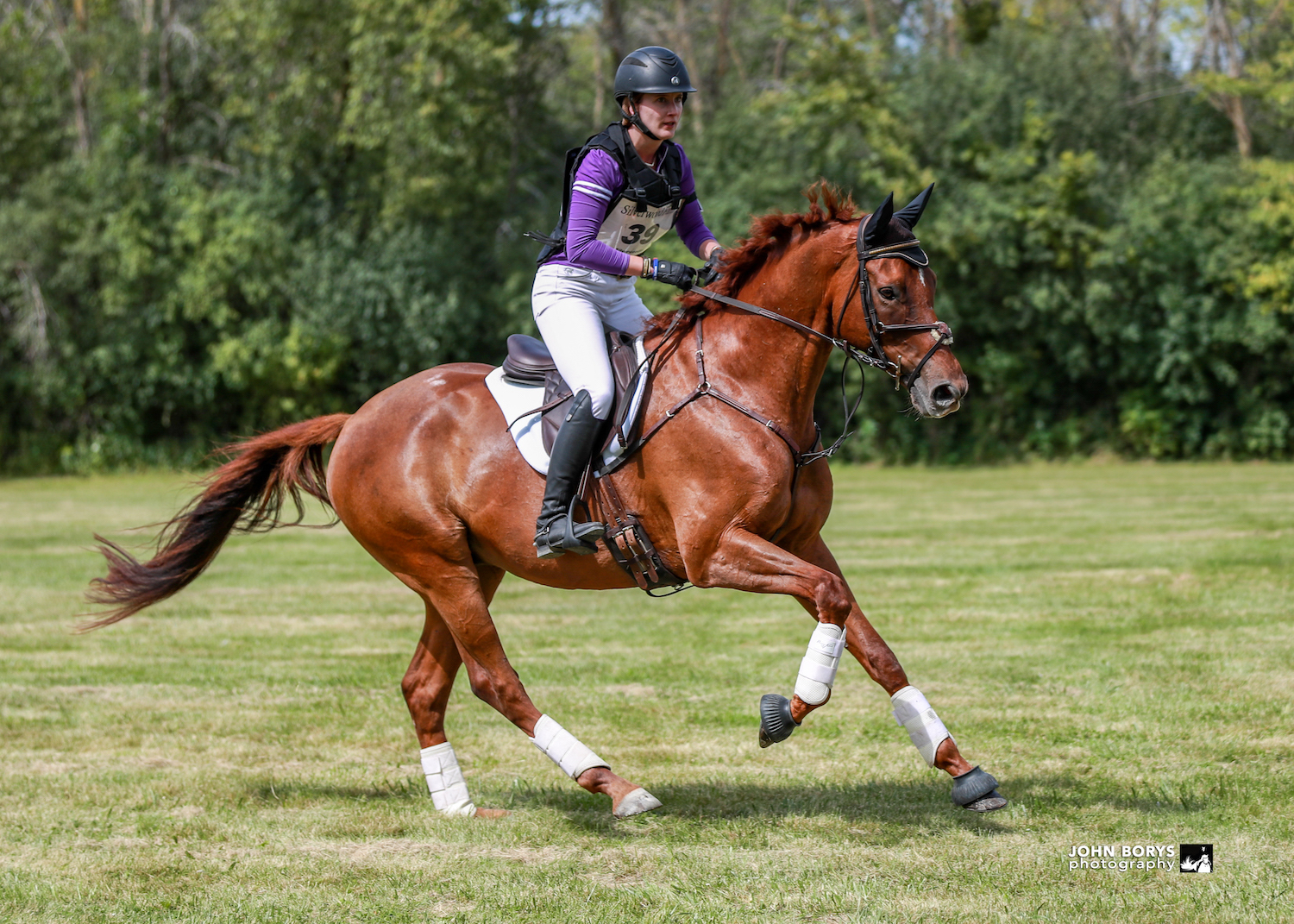Renew Your USEA Membership for the 2023 Season Today LEARN MORE

Silverwood Farm in Camp Lake, Wisconsin (Area IV) hosts three USEA recognized events each year in June, July, and August, offering Starter through Preliminary/Training levels. Silverwood Farm is a year-round boarding and training facility and also hosts pure dressage shows throughout the year.
Silverwood Farm started out as a farm for Thoroughbred racehorses. When the owner of the farm passed away, the family wasn’t sure what to do with the farm. The barn’s manager, Howard Nelson, approached the family about turning Silverwood Farm into a boarding farm, and that’s how Lisa Froehlig first came upon Silverwood Farm. “I was the second boarder that moved in there,” Froehlig recalled. “I had four horses and was doing lower level eventing at the time.”
Shortly after she began boarding at Silverwood Farm, she became an employee of the farm. “I was interested in putting on a mini event, not that I’d ever put on a show before,” Froehlig said. “But because I did eventing that was my interest. That’s how it first started. At the time we didn’t even have stabling – we put up temporary stalls in the indoor arena and did our event that way.”
After their first mini event, Froehlig decided to look into what it would take to become USEA recognized and the Silverwood Farm Horse Trials ran their first USEA recognized event in August of 1992, offering Training, Novice, and Beginner Novice. A few years after the event got started, Froehlig purchased the farm. “We had very humble beginnings, and we’re still a humble event,” Froehlig said.
“Over the years we’ve added shedrow stabling just for the events,” Froehlig shared. “We went from there and kept adding arenas. Now we have seven outside arenas. It’s made it easier. As an eventer I hated the grass dressage arenas because if it was rainy and you were at the end of the day you didn’t have the best advantage. It certainly has grown over time in terms of that.”

Weather has proven to make running the event more challenging, as last year Froehlig had to relocate the entire cross-country course because of all the rain they had. “It was kind of a leap of faith, but it worked out and everyone was very happy. I had some higher ground – I used my horse pasture, mowed them and groomed them down. It took me about three day to get the jumps moved and reflagged. At least now I know I have options.”
Froehlig expressed gratitude for all those that have helped make the event possible over the years, especially the volunteers that come back year after year to support the event. “Our volunteers are first on the list,” she said. “Without them on the day of the show we can’t make it happen.”
Klaus Dierks, the course designer at Silverwood Farm, has been involved with the event from the very beginning. “He’s always been helpful with the cross-country. He built several of the permanent jumps and I would say 80 percent of them are still in use and in very good shape – it’s amazing how they’ve held up over the years. I still like the idea of having permanent jumps – I guess I’m a little old school, having portable jumps all over doesn’t seem to flow with the landscape. I like having things that are part of the landscape. Portables are very handy to have and I do have several of those now but I try to plant trees and shrubs where I want to have jumps placed so it doesn’t look like it’s sticking out in the field.”
“Some people like that I have more permanent jumps,” Froehlig continued. “It’s like going out in the hunt field. I’m glad that they like it – I’ve always liked it myself. I like having the more solid obstacles that look like they belong there.”

Silverwood Farm, in addition to being a boarding and training facility that houses 45 horses, is also a show facility that hosts 13 dressage shows, a few hunter/jumper shows, and unrecognized events in addition to their three horse trials a year. “There’s almost a show every weekend, but on the same token we have 150 horses there but it never seems crowded or hectic,” Froehlig said. “It’s just the layout of the property – it’s a good place for horses, especially younger horses, to go to because it’s a calmer show environment.”
“It’s nice seeing the people you haven’t seen over the winter,” Froehlig observed. “You’ve seen these people every year. Sometimes they have a new horse, sometimes it’s their kids eventing for the first time, or their grandkids. When you’ve had an event that’s been going on for so long and you have people who have been very interested in the sport, you have kids that grow up and come back. I’ve had three generations of riders coming to the farm. You feel like it’s a family. You only see them two or three times a year but it’s always nice to see them again.”
“We want people to have a great experience and enjoy their weekend and feel like they want to come back!”
The USEA is profiling the history behind all USEA recognized events in the USEA Events A-Z series.